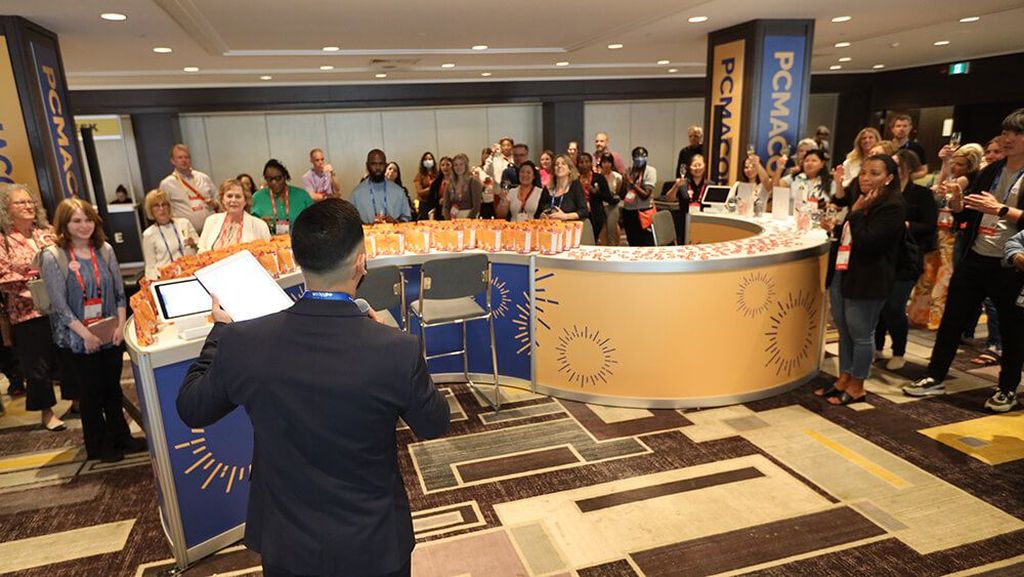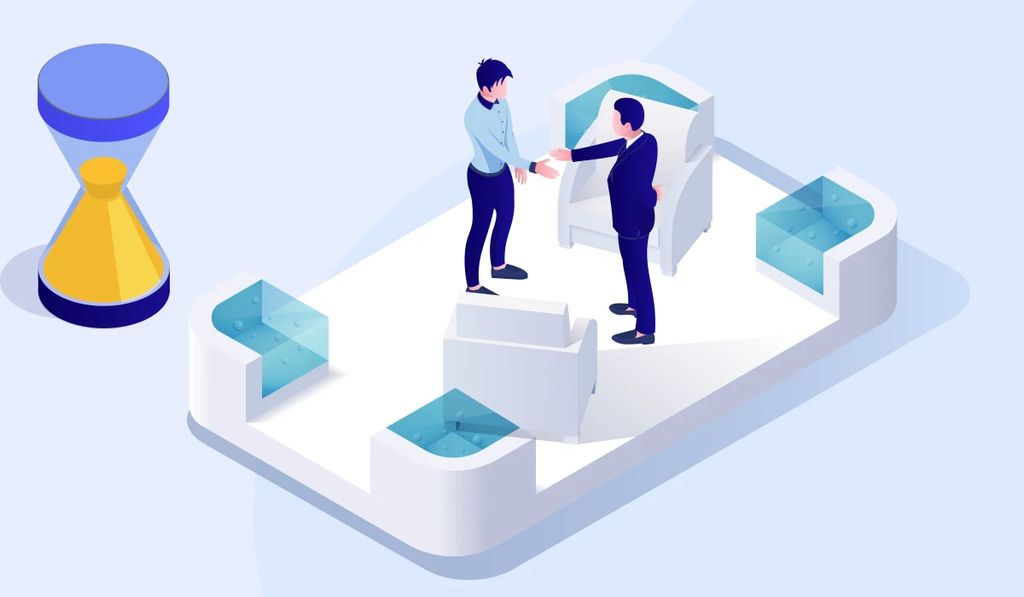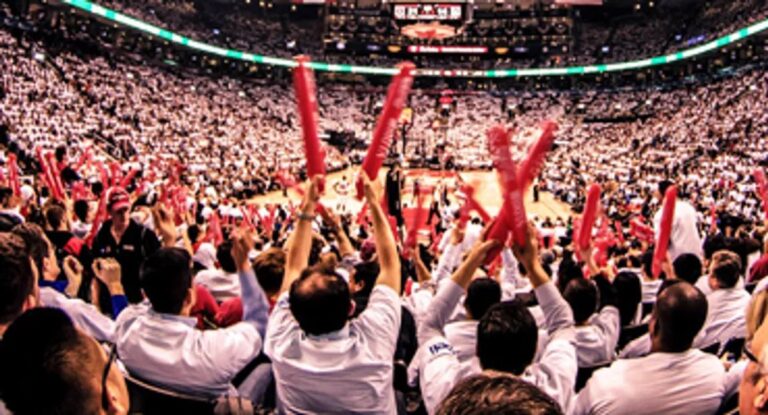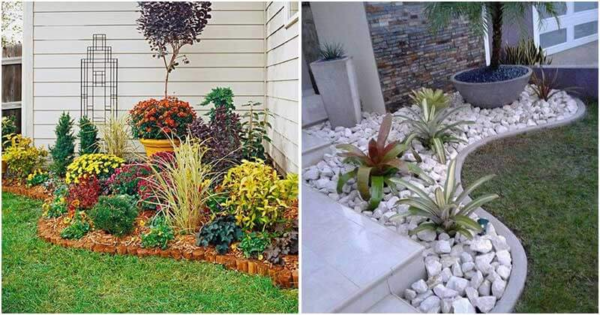Networking at VIP Events: Maximizing Your Experience
Networking at VIP events presents a unique opportunity to connect with influential individuals, industry leaders, and potential collaborators. However, to truly capitalize on these moments, it’s essential to approach them with a well-thought-out strategy. This comprehensive guide will walk you through the preparation, execution, and follow-up stages of networking at high-profile events, ensuring you maximize your experience and build lasting relationships.
The Importance of Networking at VIP Events

VIP events are more than just social gatherings; they’re opportunities to:
- Expand your professional network with high-value contacts.
- Learn from industry leaders and gain unique insights.
- Increase visibility for your personal or professional brand.
- Discover potential collaborations or partnerships.
Approaching these events strategically can lead to significant personal and professional growth.
1. Preparing for the Event
Preparation is the foundation of successful networking. It allows you to approach the event with confidence and clarity.
1.1 Researching the Event and Attendees
- Understand the Event’s Purpose: Familiarize yourself with the event’s agenda, themes, and objectives. This will help you tailor your conversations to align with the event’s focus.
- Identify Key Attendees: If the guest list is accessible, pinpoint individuals or companies you want to connect with. Use LinkedIn, company websites, or news articles to learn about their background.
- Study the Venue: Knowing the layout can help you navigate the event more efficiently, ensuring you don’t miss key opportunities.
1.2 Setting Clear Goals
- Define Success: Determine what you want to achieve, whether it’s meeting specific individuals, learning about new trends, or securing a business deal.
- Prioritize Contacts: Create a list of high-priority people you aim to meet, and plan how to approach them.
1.3 Crafting Your Personal Brand
- Elevator Pitch: Develop a concise introduction that highlights your expertise, goals, and value proposition. Aim to make it memorable and relevant to your audience.
- Personal Branding Materials: Prepare business cards, a polished LinkedIn profile, and any other materials that showcase your work or achievements.
1.4 Preparing Conversation Starters
Having a few icebreakers or relevant questions in mind can help ease into conversations. For instance:
- “I’ve heard great things about your recent project on [topic]. How did you approach it?”
- “What inspired you to attend this event?”
2. Making a Strong First Impression
Your first impression often sets the tone for the rest of the interaction. Here’s how to ensure it’s a positive one:
2.1 Dress Appropriately
- Align with the Event’s Dress Code: Whether it’s formal, business casual, or themed, dressing appropriately demonstrates respect for the event and its organizers.
- Showcase Your Style: Incorporate subtle personal touches to your outfit that reflect your personality and professionalism.
2.2 Approach with Confidence
- Body Language: Maintain good posture, make eye contact, and offer a firm handshake.
- Smile Naturally: A genuine smile can make you appear approachable and engaging.
3. Navigating the Event

Once you’re at the event, it’s time to put your preparation into action.
3.1 Networking Techniques
- Start with Small Groups: It’s often easier to join small groups of 2-3 people rather than larger circles.
- Introduce Yourself Strategically: Begin with a brief self-introduction and then transition into asking questions about others.
- Be a Connector: If you notice common interests between two people, introduce them to each other. This positions you as someone valuable in the network.
3.2 Making Conversations Count
- Ask Open-Ended Questions: Encourage deeper discussions by avoiding yes/no questions. For example: “What do you think about the recent trends in [industry]?”
- Listen Actively: Show genuine interest in what others are saying by nodding, paraphrasing, and asking follow-up questions.
- Find Common Ground: Relating to shared interests or experiences can help build rapport quickly.
3.3 Leveraging Technology During the Event
- Use Event Apps: Many VIP events have dedicated apps for schedules, attendee lists, and networking features. Utilize these tools to enhance your experience.
- Share Contact Information Digitally: Exchange LinkedIn profiles or use digital business card apps to make the process seamless.
4. Building Lasting Relationships
Networking doesn’t end when the event does. To ensure your efforts pay off, focus on nurturing the relationships you’ve established.
4.1 Following Up
- Send Personalized Messages: Within 24-48 hours after the event, reach out to the people you’ve met. Reference specific topics you discussed to show attentiveness.
- Connect on Social Media: LinkedIn is an excellent platform for maintaining professional connections. Add a brief note when sending a connection request.
- Offer Value: Share relevant articles, resources, or introductions that could benefit your new contacts.
4.2 Scheduling Follow-Up Meetings
- Suggest Coffee Chats: If feasible, propose a casual meeting to continue your conversation and explore collaboration opportunities.
- Be Specific: Outline your intentions clearly in your follow-up message, such as exploring partnership opportunities or discussing industry trends.
5. Overcoming Networking Challenges
Even experienced networkers can face obstacles. Here’s how to handle common challenges:
5.1 Dealing with Nerves
- Practice Deep Breathing: Before entering the event, take a few moments to calm your nerves.
- Focus on Others: Shifting your attention to listening and learning can help alleviate self-consciousness.
5.2 Handling Difficult Conversations
- Steer the Conversation: Politely redirect conversations that veer off track or become uncomfortable.
- Know When to Exit: If a discussion isn’t productive, gracefully excuse yourself by saying, “It was great speaking with you. I’m going to meet a few more people before the session ends.”
5.3 Balancing Introversion and Extroversion
- Take Breaks: If you’re introverted, allow yourself short periods of downtime to recharge.
- Leverage One-on-One Interactions: Focus on smaller, meaningful conversations rather than trying to work the entire room.
6. Measuring Your Networking Success

Assessing the outcomes of your networking efforts can help you refine your approach for future events.
- Track Connections: Maintain a record of the people you’ve met, along with notes about your conversations.
- Evaluate Opportunities: Determine how many meaningful opportunities arose from the event, such as partnerships, leads, or insights.
- Reflect on Lessons Learned: Identify what worked well and what could be improved for next time.
7. Building a Long-Term Networking Strategy

VIP events should be part of a broader networking strategy. Here’s how to integrate them effectively:
- Attend Regularly: Make it a point to participate in industry events and conferences consistently.
- Diversify Your Network: Seek out connections in various industries to gain fresh perspectives and opportunities.
- Give Back: As your network grows, look for ways to support others, such as mentoring or making introductions.
Conclusion
Networking at VIP events is a powerful tool for personal and professional growth. By preparing thoroughly, engaging authentically, and following up diligently, you can build meaningful relationships that lead to long-term success. Remember, effective networking is about quality over quantity and creating value for everyone involved. With the strategies outlined in this guide, you’re well-equipped to maximize your experience at any high-profile event.
Q&A: Networking at VIP Events
Q: How can I identify the most valuable contacts at a VIP event?
A: Research the guest list beforehand, if available, and prioritize individuals or organizations that align with your goals. Use tools like LinkedIn to learn about their background and interests.
Q: What if I feel nervous about approaching high-profile individuals?
A: Practice your elevator pitch and start with smaller, less intimidating conversations to build confidence. Remember, everyone is there to connect, so don’t hesitate to introduce yourself.
Q: How soon should I follow up after the event?
A: Aim to send a follow-up message within 24-48 hours. Reference specific points from your conversation to make your message personal and memorable.





















